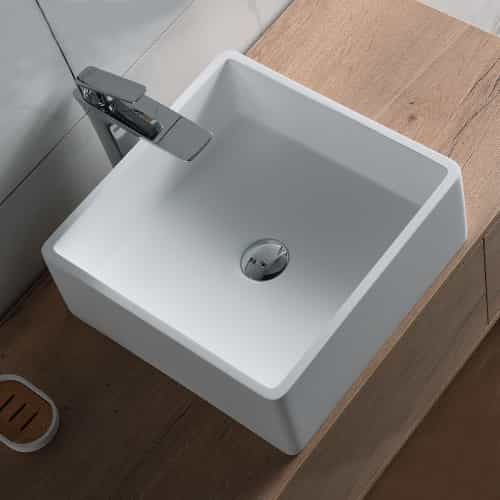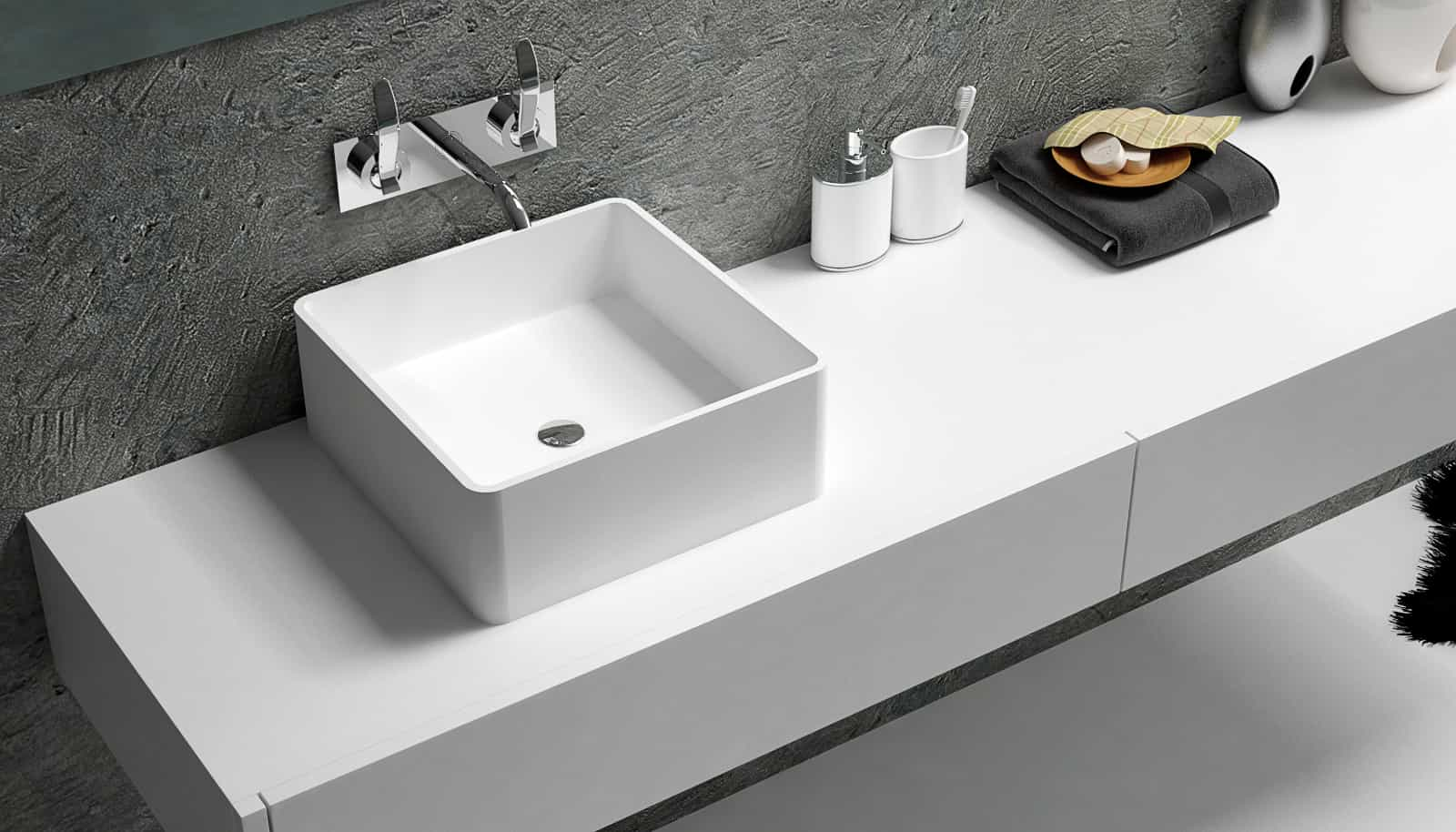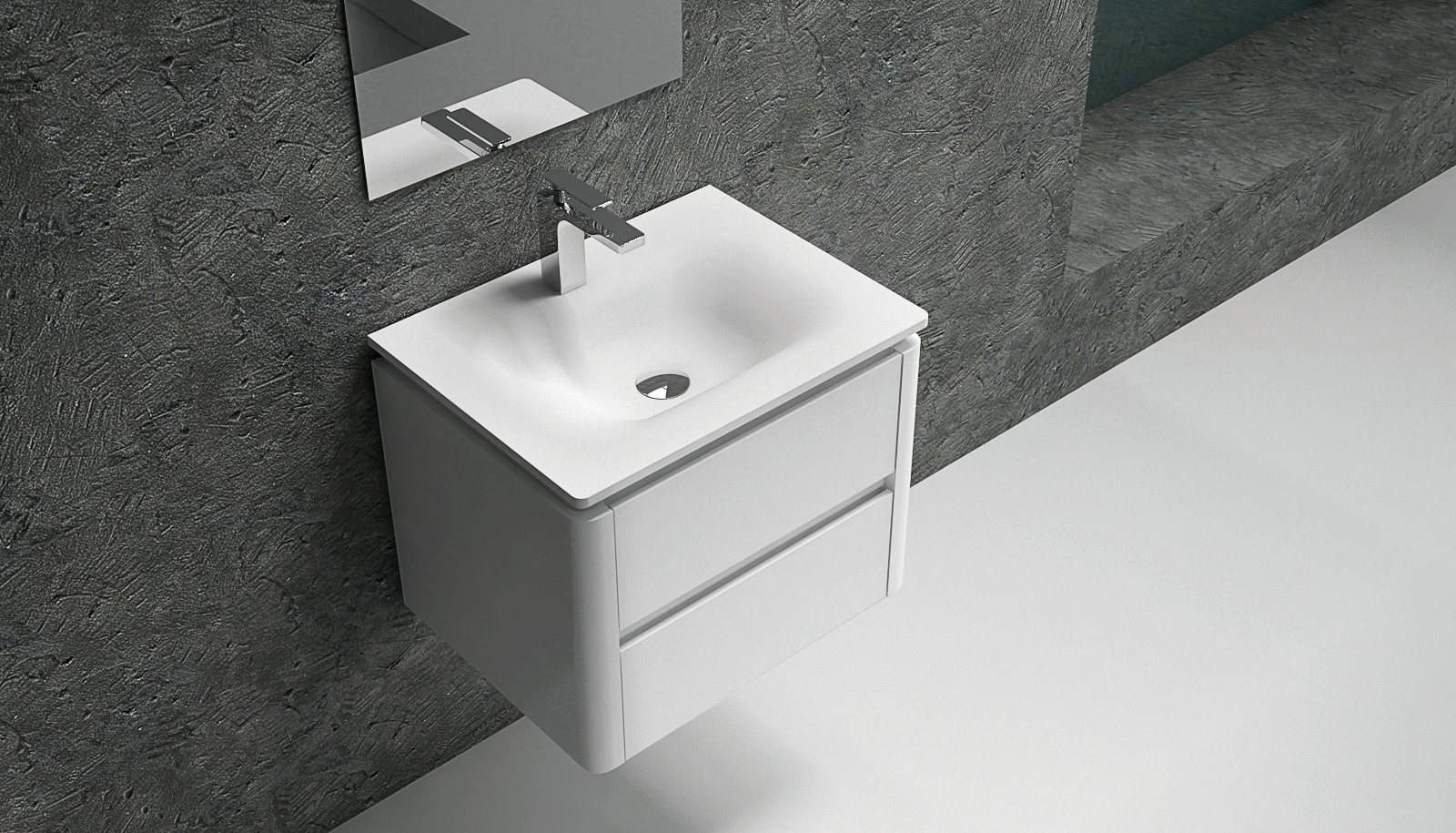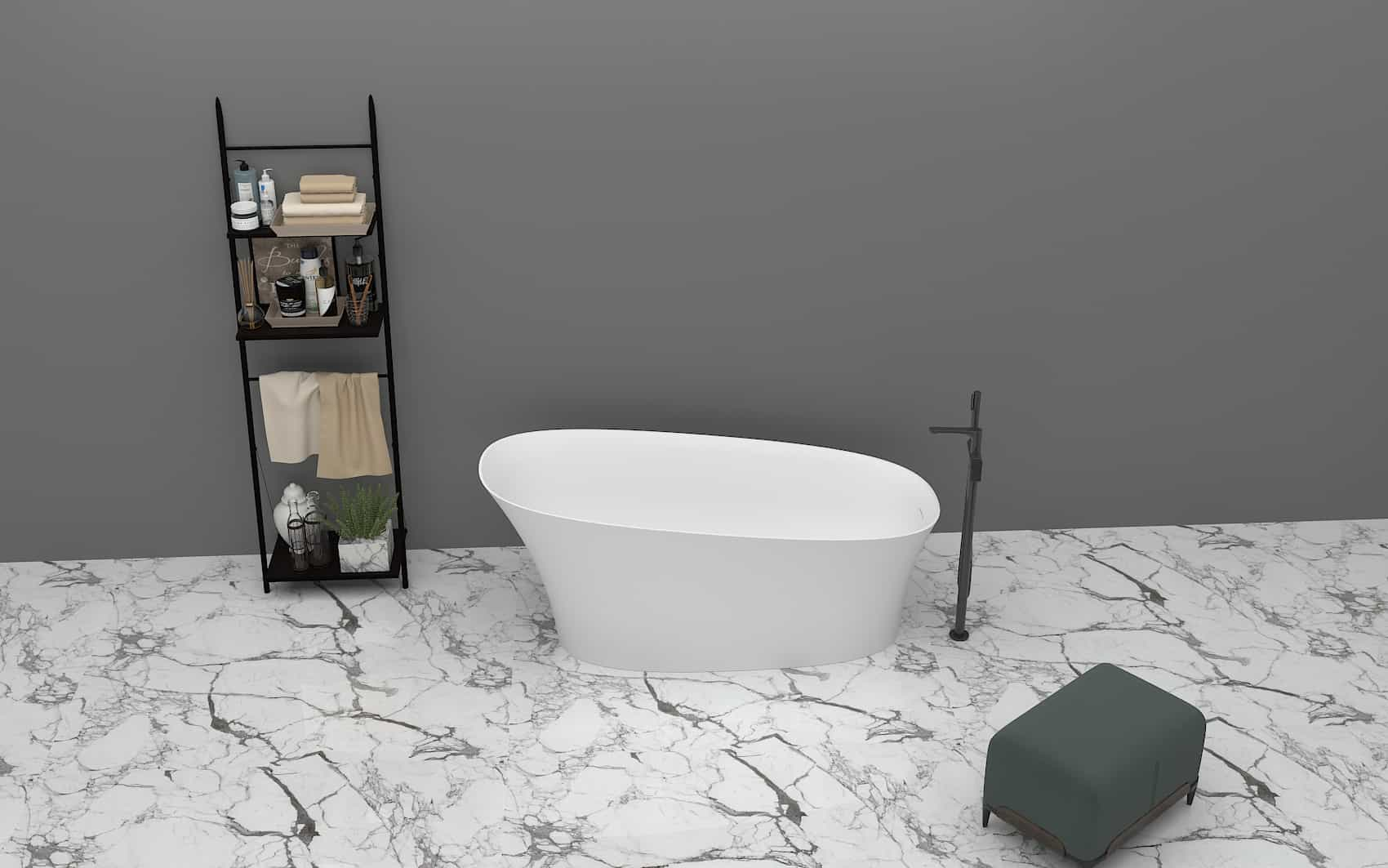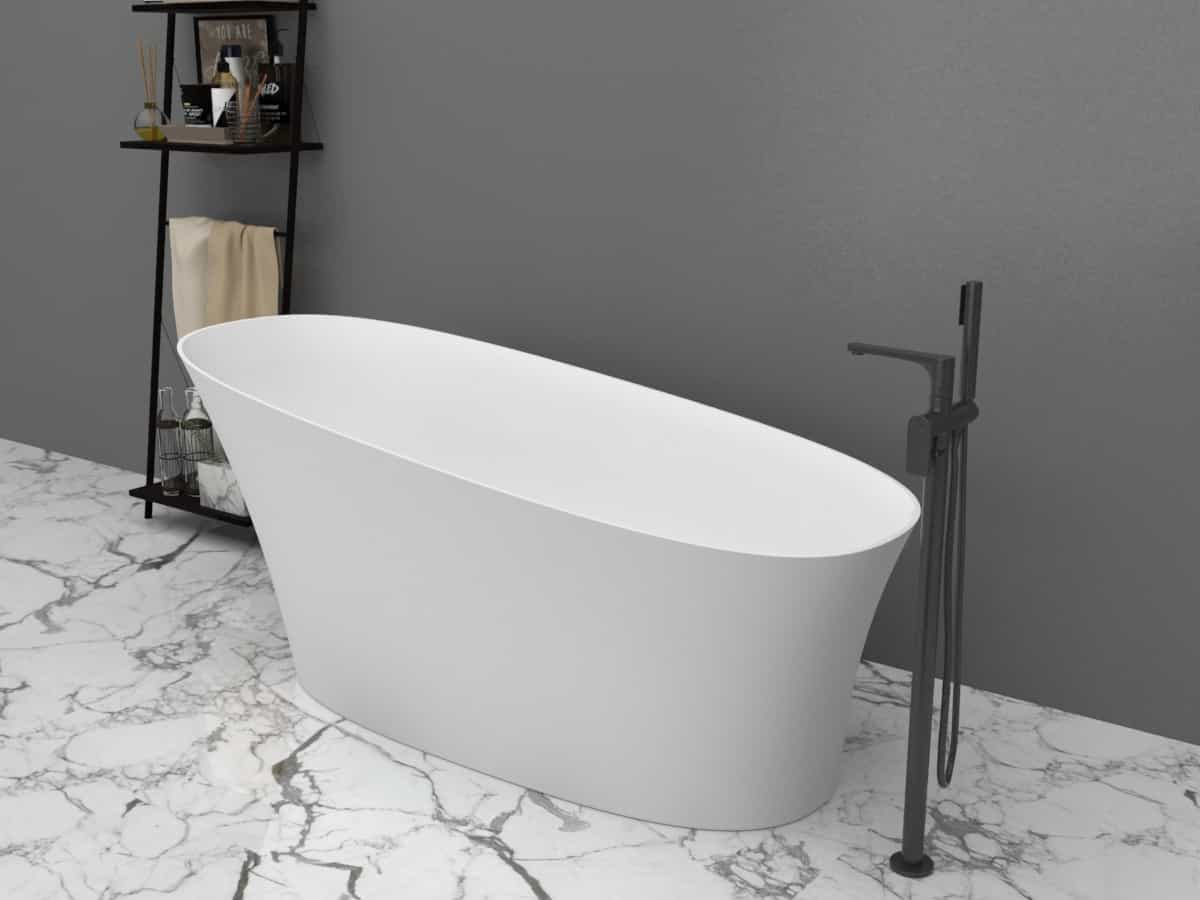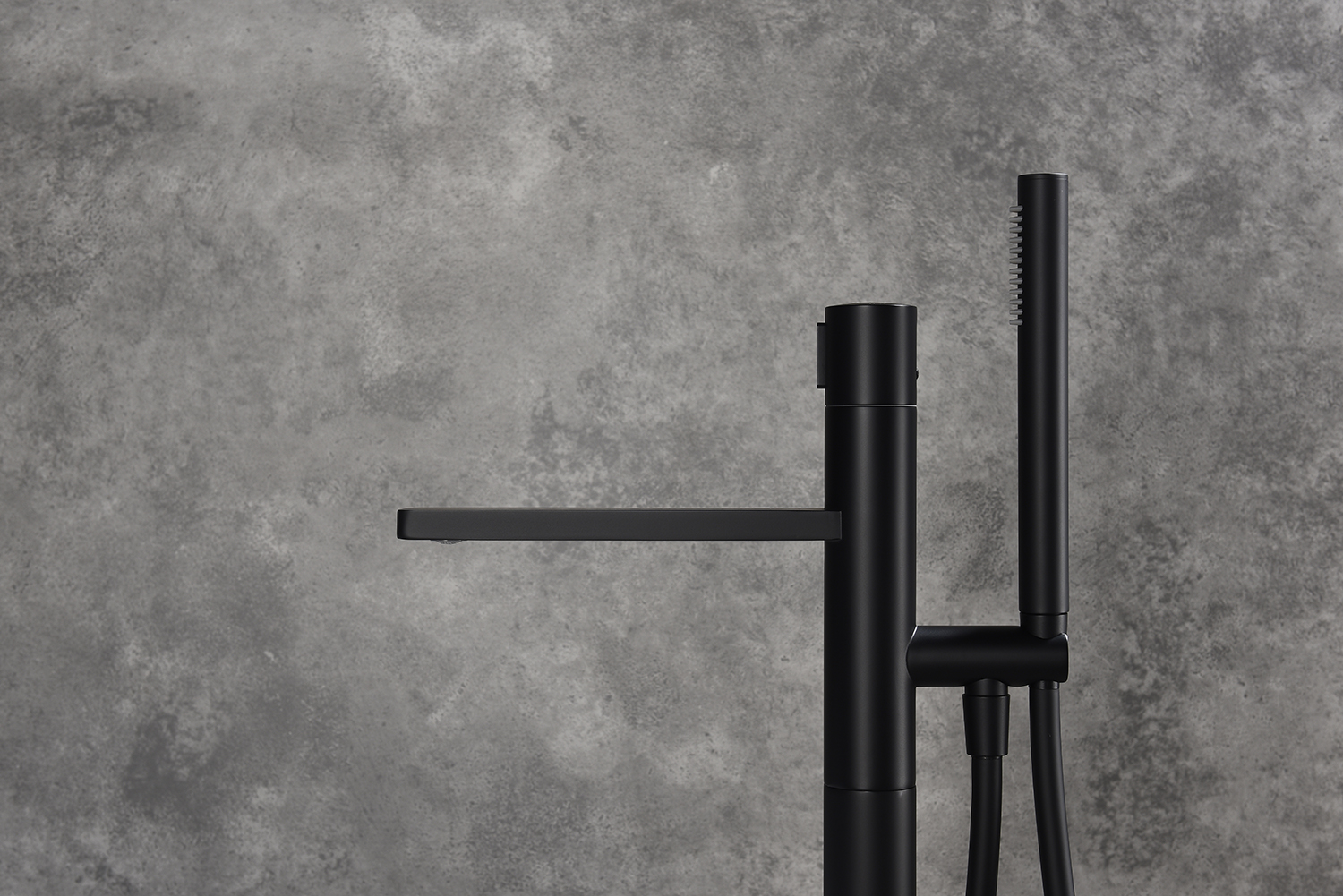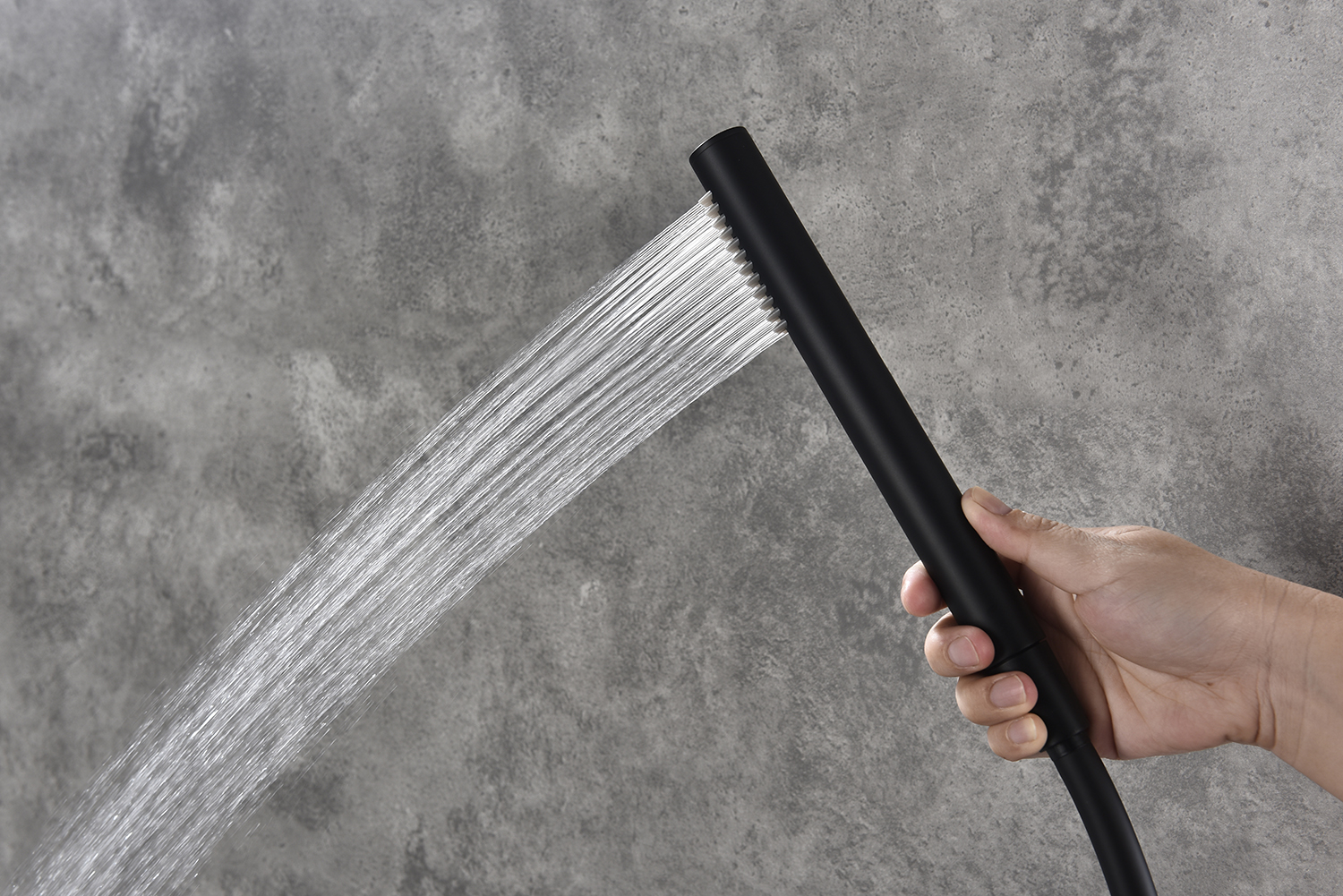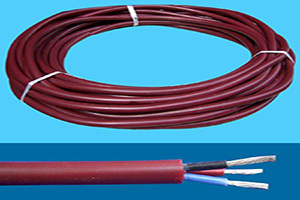
What is yjv cable, maybe many people don’t know it very well, it doesn’t matter, let us learn what yjv cable is, as well as the use conditions and precautions of yjv cable.
Before understanding what cable yjv is, let’s first understand the common codes of the cable:
1. Application code – not marked as power cable, K- (control cable), P- (signal cable);
2. Conductor material code – not marked as copper (can also be marked as CU), L- (aluminum);
3. Inner sheath code – Q- (lead sheath), L- (aluminum sheath), H- (rubber sheath), V- (polyvinyl chloride sheath), the inner sheath is generally not marked;
4. Outer sheath code -V-(polyvinyl chloride), Y-(polyethylene power cable);
5. Derived code -D- (non-drip), P- (dry insulation);
6. Special product codes -TH-(humid tropics), TA-(dry tropics), ZR-(flame retardant), NH-(fire-resistant), WDZ-(low smoke and halogen-free, enterprise standard).
It can be seen from the above commonly used codes that the full name of YJV cable is XLPE insulated PVC sheathed power cable. Most of the black sheathed cables we usually see are YJV cables, and the main power line used is basically YJV cables. It is one of the most commonly used types of power cables.
Model classification of yjv cables:
The cores of yjv cables mainly include single core, 2 cores, 3 cores, 4 cores, 5 cores, 3+1, 3+2, 4+1. 3+1 represents 3 phase wires + 1 and ground wire, 3+2 represents 3 phase wires + 2 and ground wire, 4+1 represents 4 phase wires + 1 and ground wire.
Based on the standard model, the specific size models include: 1 square, 1.5 square, 2.5 square, 4 square, 6 square, 10 square, 16 square, 25 square, 35 square, 50 square, 70 square, 95 square, 120 square, 150 square Square, 185 square, 240 square, 300 square. For example, the yjv3*185+2*95 cable is a cable composed of three 185 square phase wires and two 95 ground wires. Since the combination of the phase wire and the ground wire of the cable is regulated by the standard, yjv3*185 The 95 square behind the +2*95 cable can be omitted.
The main specifications of YJV cables range from 1 square to 240 square meters (also can be customized separately), which is a kind of cable used for transmission and distribution of electric energy. It is most commonly used in urban underground power grids, outgoing lines of power stations, internal power supply of industrial and mining enterprises, and underwater transmission lines across rivers and seas. In power lines, the proportion of cables is gradually increasing. Power cables are cable products used to transmit and distribute high-power electric energy in the main lines of the power system, including 1-500KV and above various voltage levels and various insulated power cables.
yjv cable use conditions and precautions:
Different types of yjv cables have different usage characteristics, and the power frequency rated UO/U is 0.6/1KV. The maximum allowable long-term working temperature of the cable conductor is 90°C. When short-circuited (the longest duration is not more than 5s), the maximum temperature of the cable conductor shall not exceed 250°C. The ambient temperature should not be lower than 0°C when the cable is laid. Bending radius of single-core cable: not less than 15 times the outer diameter of the cable, and not less than 10 times the outer diameter of the cable for multi-core cables.
Special tools should be used for cable laying, such as pay-off racks, guide rollers, etc., to prevent mechanical damage during laying and keep away from heat sources. When the cable is laid through the pipe, the inner diameter of the pipe shall not be less than 1.5 times the outer diameter of the point. When multiple cables are passed through the pipe, it is forbidden to squeeze the cable. The total area of the cable shall not exceed 40% of the total area of the pipe.
The difference between YJV (cable) and VV (cable):
1. The names of products are different, and the meanings they represent are also different
YJV insulation uses cross-linked polyethylene, and VV insulation uses polyvinyl chloride;
2. There are also differences between the two in terms of production equipment and process manufacturing
VV is a plastic cable, YJV is a cross-linked cable, and its insulation performance is better than that of a plastic cable; YJV only does cross-linking treatment on the insulating material to improve the heat resistance temperature, while VV does not.
The working temperature of YJV cable is 90 degrees, while that of VV is only 70 degrees. The YJV cable with the same cross-sectional area has a large carrying capacity; the maximum rated temperature of the VV cable conductor is 70 degrees Celsius, and the maximum temperature during short circuit (duration less than 5 seconds) does not exceed Celsius. 160 degrees.
The maximum rated temperature of YJV cable conductors is 90 degrees Celsius, and the maximum temperature during short circuit (duration less than 5 seconds) does not exceed 250 degrees Celsius; YJV is better than VV in the long run (longer service life, etc.), but more expensive than VV. From the highest height allowed by the short circuit: YJV is 250 degrees, VV is 160, 140 degrees.
3. From the perspective of technical and economic indicators, the parameters of three-core YJV cables are higher than those of VV cables. It is recommended to use YJV in civil buildings, and its carrying capacity is larger than that of VV. What’s more, in the event of an electrical fire, because its insulating material does not contain chlorine, it will not produce toxic gases when burned. So that is to say, the environmental protection performance of VV is worse. In civil, nuclear power and other fields, VV has been basically replaced by YJV, but in many industrial enterprises, VV is still widely used because of its low price.
The above is what kind of cable is yjv and the use conditions and precautions of yjv cable that I introduced to you. I hope you will like it.







